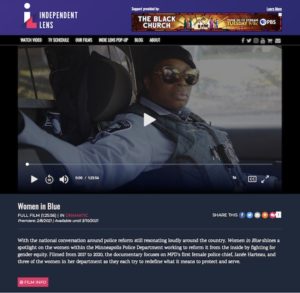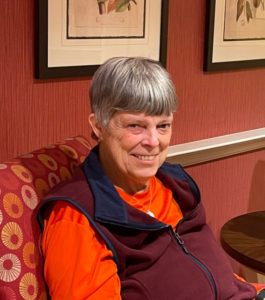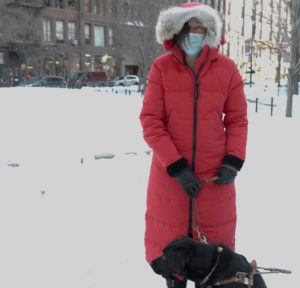Easy Way to Help Create a Winter-Walkable Chicago
February 19, 2021 • 13 Comments • Posted in blindness, guest blog, politics, travelMy post suggesting that clearing snow off sidewalks should be as important as clearing streets after a snowstorm got a lot of comments from empathetic pedestrians. Many wondered if any local organizations are working on issues about keeping Chicago sidewalks walkable in the wintertime.
And the answer is…yes! circulating a petition now demanding that the City of Chicago prepare a plan and allocate resources to make municipal sidewalk snow clearance a higher priority. I learned about this after a friend signed that petition — once you’ve signed, you have the option to have this letter sent to friends who might want to sign, too. I contacted Better Streets Chicago this morning, and they generously agreed to let me share that letter with you Safe & Sound blog readers here. I hope you’ll sign!
Create Walkable Winters in Chicago
Hi there,
I signed a petition telling Mayor Lori Lightfoot, Streets & Sanitation Commissioner John Tully, CDOT Commissioner Gia Biagi, CTA President Dorval Carter, Chicago City Council to create walkable winters in Chicago.
By failing to clear sidewalks of snow and ice, the City is failing its many residents who rely on pedestrian infrastructure to get around. Often these are some of the most vulnerable residents. The piles of snow and ice effectively traps people who use wheelchairs or other mobility supportive devices. It impedes parents with strollers. It makes accessing the bus difficult to impossible, especially if you have limited mobility. It leaves every user at risk of slipping and falling. The City has chosen not to take responsibility for public infrastructure during the winter.
Act now and sign this petition demanding that the City of Chicago prepare a plan and allocate the resources to make municipal sidewalk snow clearance a reality by next winter.
Can you join me and take action? Click here to sign the petition: https://betterstreetschicago.org/walkable-winters?source=email&
Thanks!




